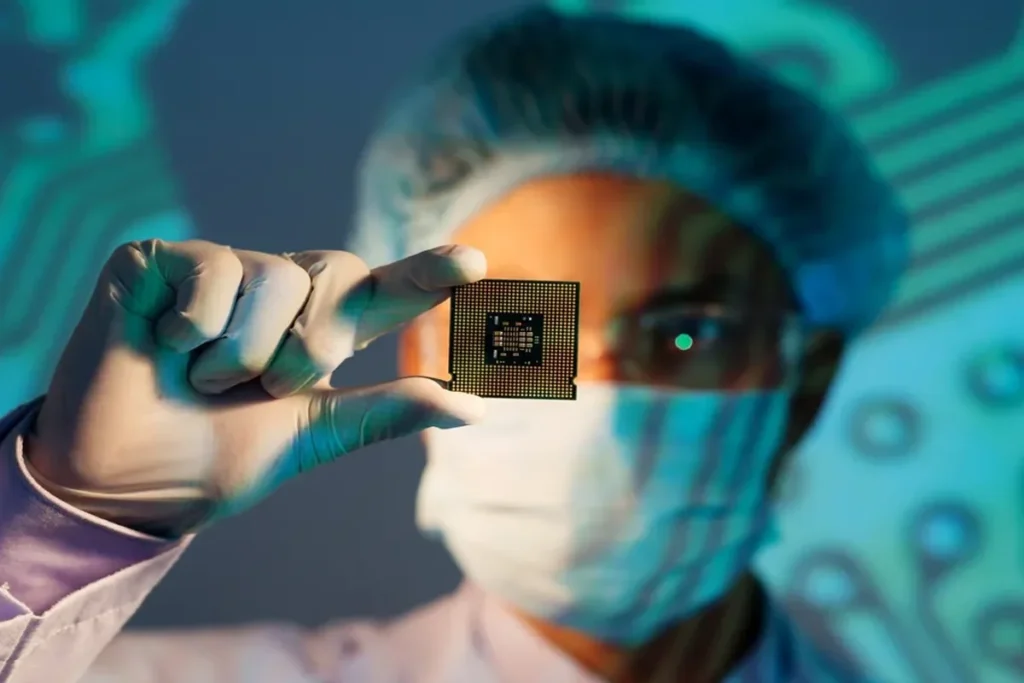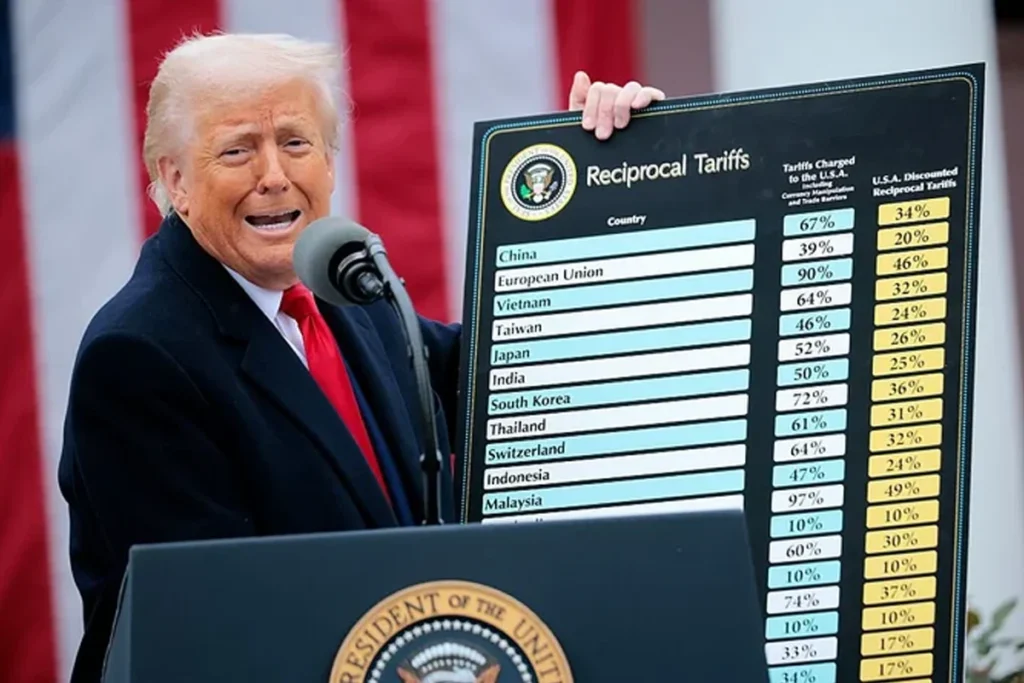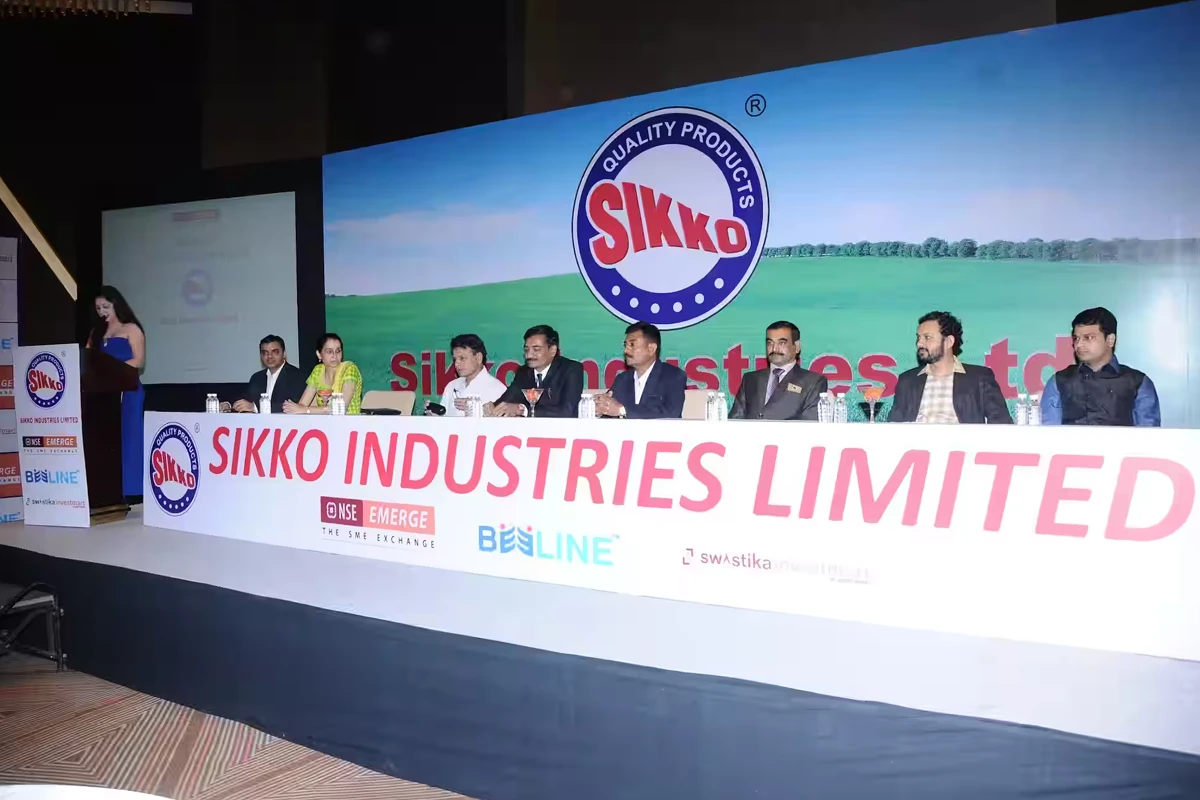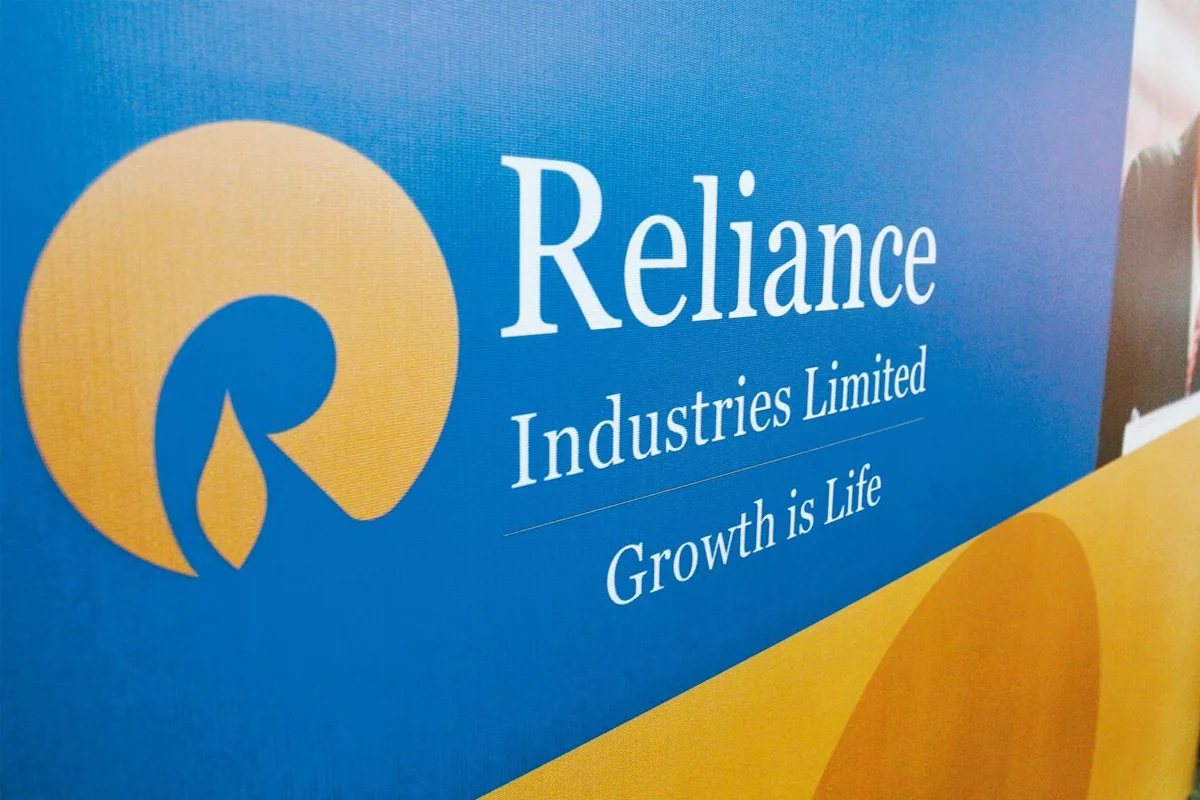EU, Global Chipmakers Brace for Trump’s 100% Semiconductor Tariffs – Kya Badlega Tech World Ka Future?
There is a big stir in today’s global technology landscape. US President Donald Trump has announced that a 100% tariff will be imposed on non-American semiconductor chips. This move is not just an economic decision but a step that can reshape the future of the entire semiconductor industry. This will be a testing time for the EU, global chipmakers, and especially Asia-based semiconductor giants. After this policy, everyone is thinking about their next step, as its impact is going to affect smartphones, laptops, medical devices, and even renewable energy tech.
Why is Trump targeting Asian semiconductors?
Trump says that if foreign chipmakers such as TSMC, Samsung, and SK Hynix increase manufacturing investments in the US, they can avoid 100% of semiconductor tariffs. The move is for the small chips that are the heart of every modern device. Intel’s ex-CEO Craig Barrett called them the “steel of the modern age,” and today’s economy can’t function without these chips anyway. Trump’s message is clear – either invest in the US, or face heavy tariffs.
Is Asia’s semiconductor dominance at risk?

Today, the majority of global semiconductor production takes place in Asia. Taiwan Semiconductor Manufacturing Company (TSMC) is a superpower in itself, making chips for tech giants such as Nvidia, Apple, and Microsoft. South Korea’s Samsung Electronics and SK Hynix are also among the world’s top players in the memory chip field. Europe, the US, and China are also heavily dependent on Taiwan’s supplies, making the island nation a critical chokepoint. If Trump’s 100% semiconductor tariffs policy comes into effect, it will put direct pressure on Asia’s manufacturing hub.
Are Tariff Exemptions Possible?
This news was a shock to all companies, but some brands also have a way to avoid tariffs. Apple committed an additional US$600 billion investment in US manufacturing last week, after Trump confirmed that Apple would be exempt from 100% of semiconductor tariffs. TSMC investors also took relief when their share price rose 5%, as their existing US investments could help protect them. Samsung and SK Hynix’s plans for new US fabrication plants could also keep them away from the penalty.
Exports will also be impacted, but not as severely as imports. Nvidia and AMD found a way to continue their exports to China by making deals with the US government, in which they will have to pay 15% of their Chinese revenues.
National Security or Geopolitical Strategy?
The Trump administration says the main reason for 100% semiconductor tariffs is national security. The President said he will not allow the US to become a “technology supply chain hostage” of any country, especially China. This policy is part of the ongoing “chip wars” in which both the US and China are in a race for technology dominance. This angle of geopolitics will now be even more visible in every decision in the semiconductor industry.
What challenges will the US face in its semiconductor industry?
Boosting domestic chip production is an ambitious target, but will not be easy. The US has incentivized the manufacturing shift through the Chips Act, in which funding awards are being given. TSMC received US$6.6 billion to build its plant in Arizona, but a shortage of skilled workers delayed the project. The problem was so big that thousands of workers had to be brought from Taiwan. It is clear that just investing money will not work, skilled manpower and supply chain readiness are equally important.
What does this mean for the tech sector?

The biggest effect of 100% semiconductor tariffs will be uncertainty. Tech companies that are dependent on steady semiconductor supplies from Asia may face delays and higher costs. If manufacturers shift production to the US, the costs could be passed on to consumers in the short-term. And because the semiconductor supply chain is very complex, it will be difficult to avoid the use of some foreign components despite having US-based plants.
Industry experts say this “reciprocal” tariff approach is a major departure from traditional trade policy. It will force companies to rethink the structure of their global operations. The final impact will depend on how quickly manufacturers are able to scale up US production and whether Trump’s announced tariffs lead to actual implementation.
Disclaimer:
The content of this article is for informational purposes only. It is not a substitute for any political or financial advice. Every reader should do independent research before investing and making decisions.
Also Read
Capital One $425 Million Class Action Settlement – Check Eligibility & Claim Now





